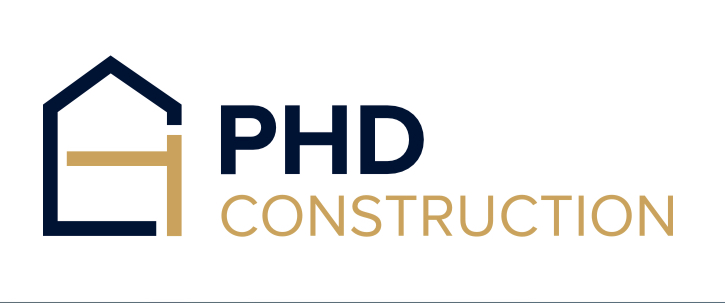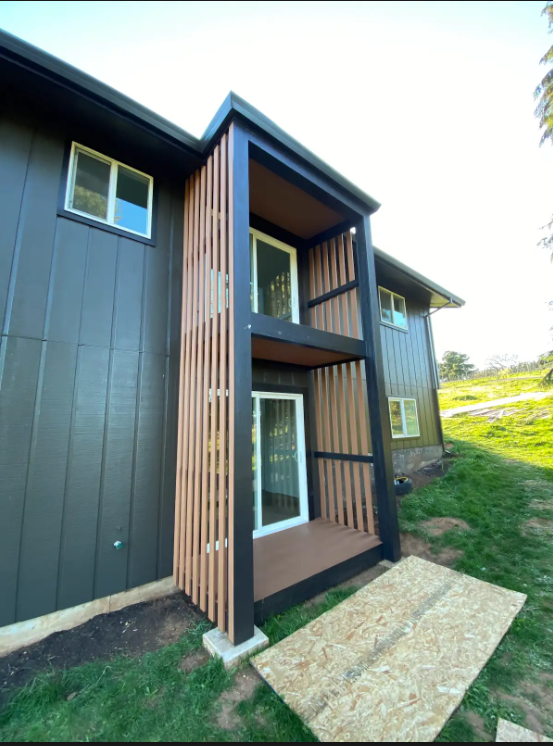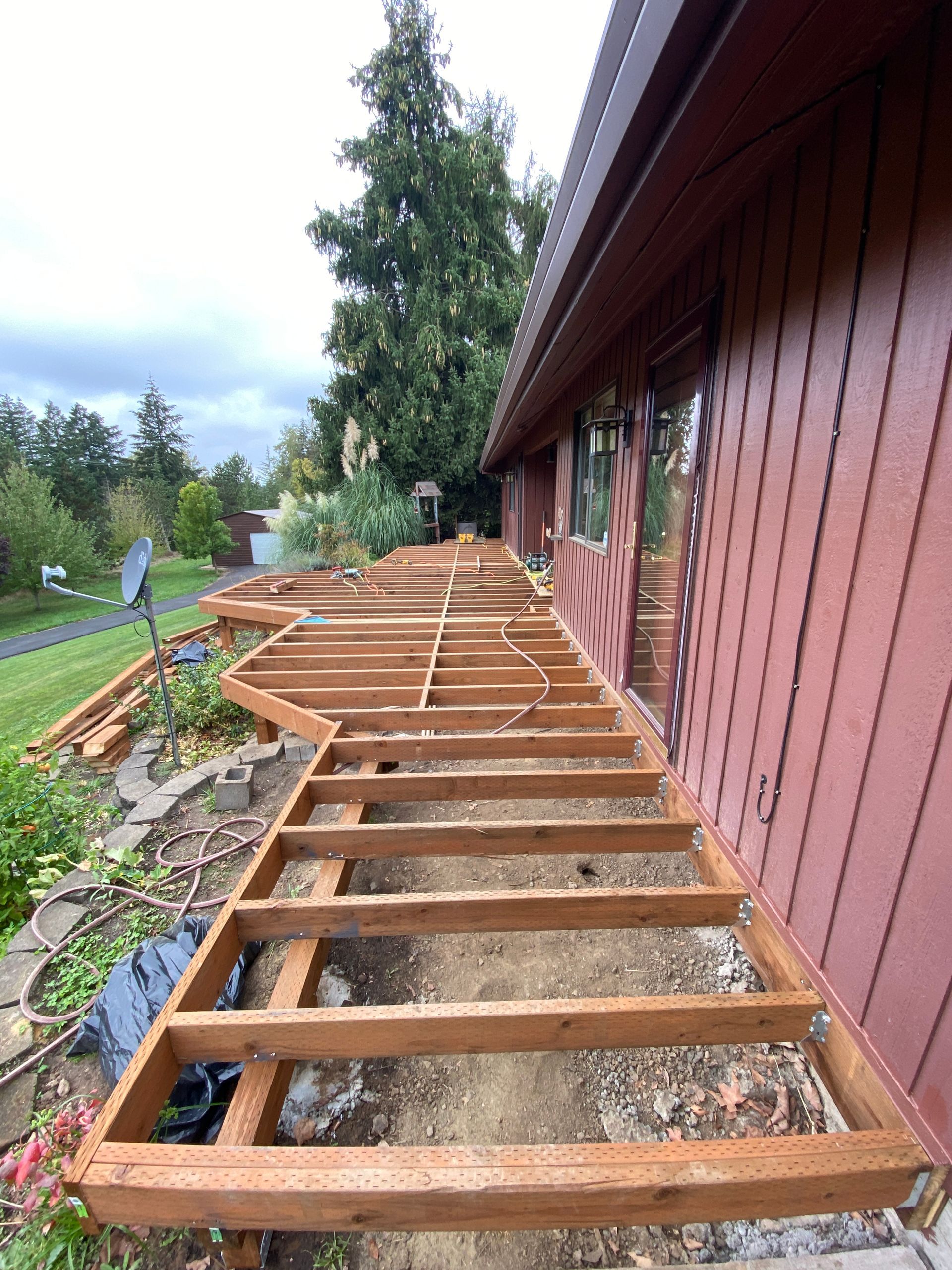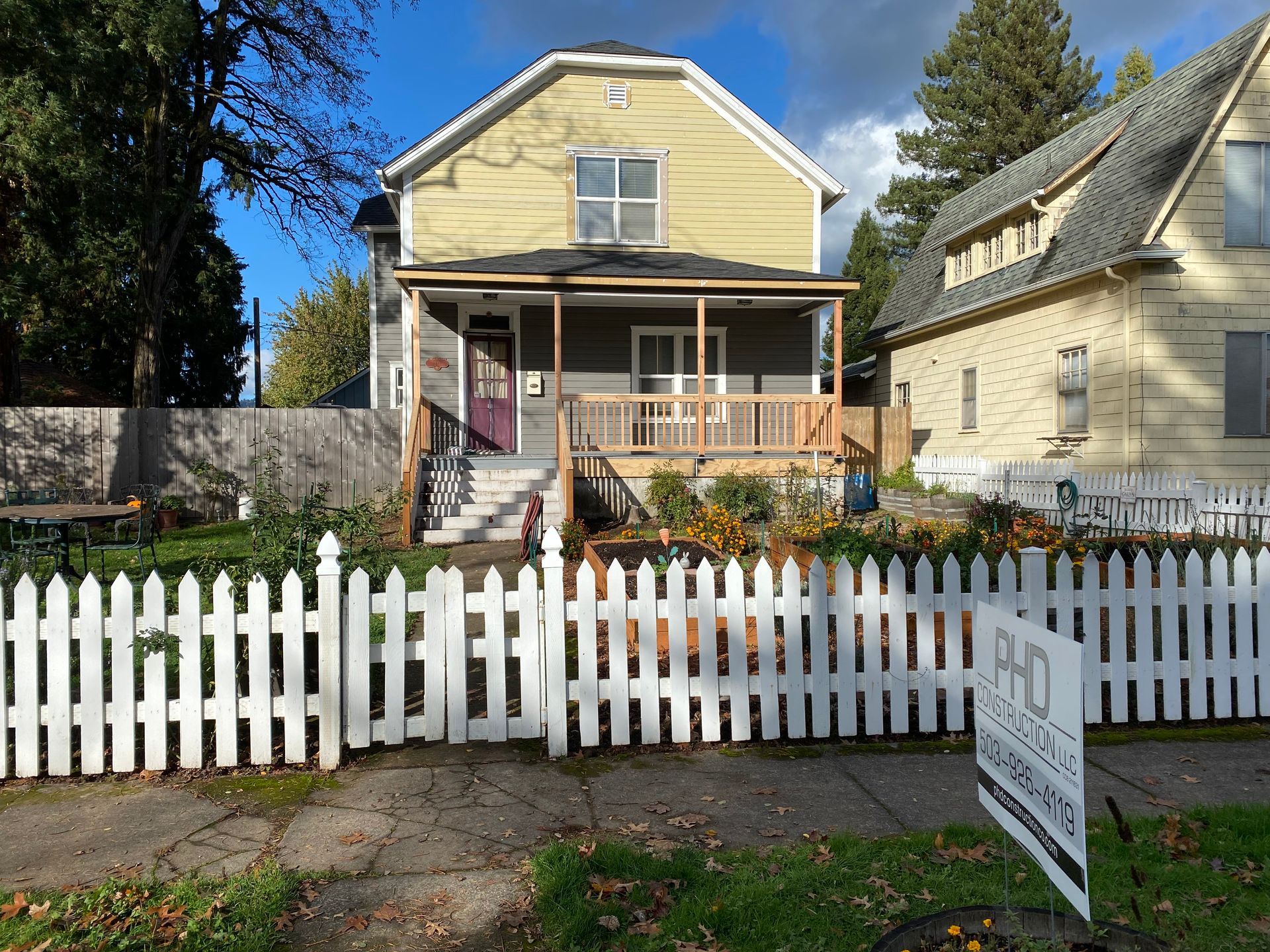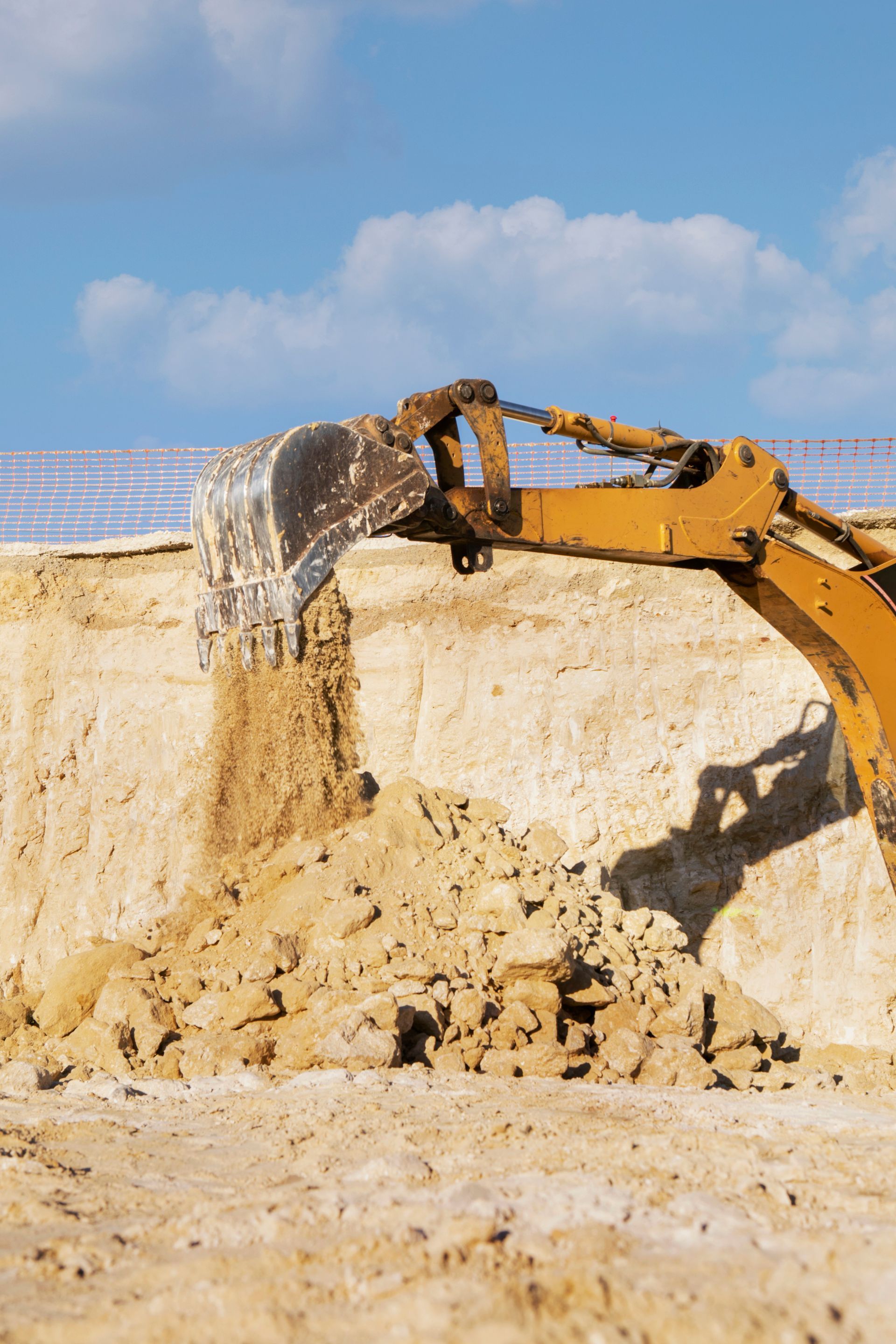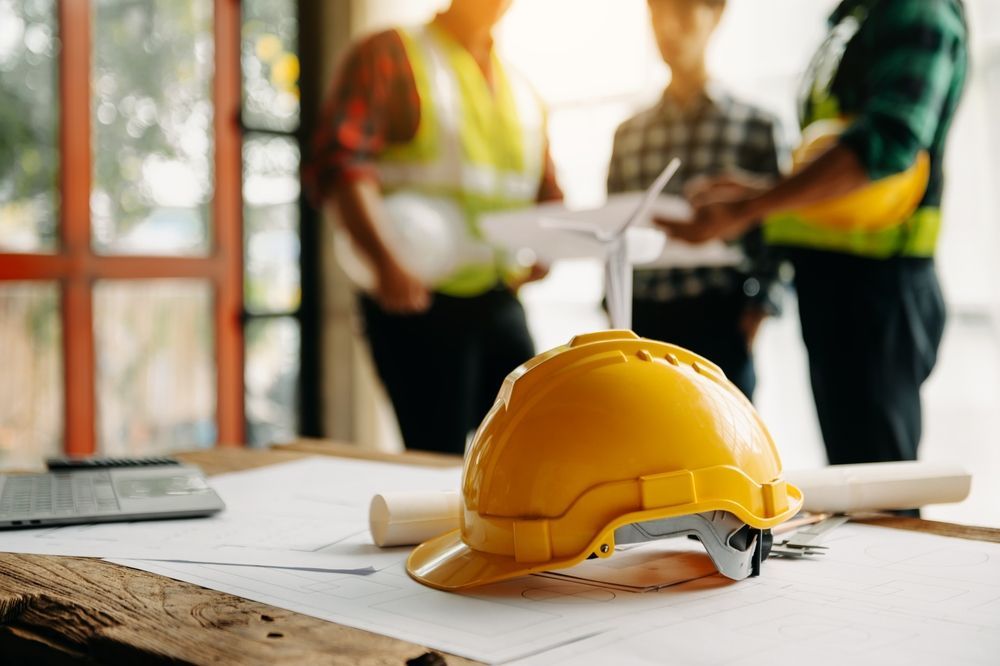Top Construction Tech Trends for 2025: Boosting Efficiency & Safety
As we look ahead to 2025, the construction industry is poised for significant advancements driven by innovative technologies. These emerging trends are not only transforming how projects are executed but also enhancing safety and efficiency on job sites. At PHD Construction, we are committed to staying at the forefront of these developments to deliver outstanding results for our clients in Newberg and surrounding areas in Oregon. In this blog post, we will delve into the top construction tech trends for 2025 and how they can benefit your next project.
Embracing Construction Technology: The Future is Here
The construction industry has traditionally been slow to adopt new technologies. However, the landscape is rapidly changing, and companies that embrace these innovations are reaping the rewards. From improved project management to enhanced safety protocols, technology is revolutionizing every aspect of construction. Let's explore some of the key trends shaping the industry in 2025.
1. Building Information Modeling (BIM)
Building Information Modeling (BIM) has been a game-changer in the construction industry. BIM involves creating digital representations of buildings that encompass every detail, from structural elements to HVAC systems. This technology allows for better collaboration among stakeholders, reducing errors and rework. In 2025, we expect BIM to become even more integral, with advancements in 5D BIM, which considers cost and scheduling data alongside the traditional 3D models.
Benefits of BIM:
- Improved project visualization and planning
- Enhanced collaboration across teams
- Reduced errors and construction delays
- Better cost management and forecasting
2. Virtual Reality (VR) and Augmented Reality (AR)
Virtual Reality (VR) and Augmented Reality (AR) are transforming the way construction projects are designed and executed. VR allows stakeholders to immerse themselves in a digital model of the project, helping to identify potential issues before construction begins. AR, on the other hand, overlays digital information onto the real world, providing real-time guidance during construction.
Applications of VR and AR:
- Client walkthroughs and presentations
- On-site training and safety simulations
- Real-time project management and monitoring
- Improved accuracy in construction execution
3. Drones for Surveying and Monitoring
Drones are becoming indispensable tools on construction sites. These unmanned aerial vehicles (UAVs) can quickly and accurately survey large areas, capturing high-resolution images and data. This information can be used to create detailed maps, track progress, and identify potential safety hazards. In 2025, we anticipate even more sophisticated drone technologies, including AI-powered analytics for data interpretation.
Advantages of Drones:
- Faster and more accurate land surveys
- Enhanced site monitoring and project tracking
- Improved safety and hazard identification
- Cost savings on traditional surveying methods
4. Prefabrication and Modular Construction
Prefabrication and modular construction are gaining momentum as efficient and sustainable building methods. Components are manufactured off-site in controlled environments and then assembled on-site. This approach reduces construction times, minimizes waste, and improves quality control. By 2025, we expect modular construction to become more mainstream, driven by advancements in automation and robotics.
Benefits of Prefabrication:
- Reduced construction timelines and costs
- Higher quality control and consistency
- Minimized on-site waste and disruption
- Increased sustainability in construction practices
5. Construction Robotics and Automation
Robotics and automation are set to revolutionize the construction industry. From bricklaying robots to autonomous construction vehicles, these technologies are streamlining labor-intensive tasks and enhancing productivity. By 2025, we expect to see a significant increase in the adoption of construction robots, particularly in repetitive and high-risk activities.
Key Applications of Robotics:
- Automated bricklaying and masonry
- Robotic welding and cutting
- Autonomous construction vehicles
- Enhanced precision in complex tasks
6. Construction Management Software
Effective project management is critical to the success of any construction project. Construction management software integrates various aspects of project planning, scheduling, budgeting, and communication into a single platform. These tools are becoming increasingly sophisticated, leveraging AI and machine learning to provide predictive insights and optimize resource allocation.
Features of Construction Management Software:
- Real-time project tracking and reporting
- Streamlined communication and collaboration
- Advanced budgeting and cost control
- Data-driven decision-making capabilities
The Future of Construction is Here
The construction industry is on the cusp of a technological revolution, and PHD Construction is proud to be at the forefront of these advancements. By embracing these innovative technologies, we aim to enhance the efficiency, safety, and quality of our projects, ensuring that we exceed our clients' expectations every step of the way.
Get in Touch Today!
Are you ready to bring your construction vision to life with the latest technology? Contact PHD Construction today to discuss your project needs. Our team of experts is here to provide you with exceptional construction services in Newberg and surrounding areas in Oregon. Let us help you turn your dream into reality with unmatched craftsmanship and attention to detail. Reach out to us today and experience the PHD Construction difference.
